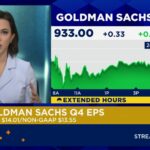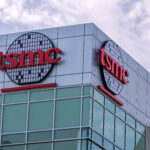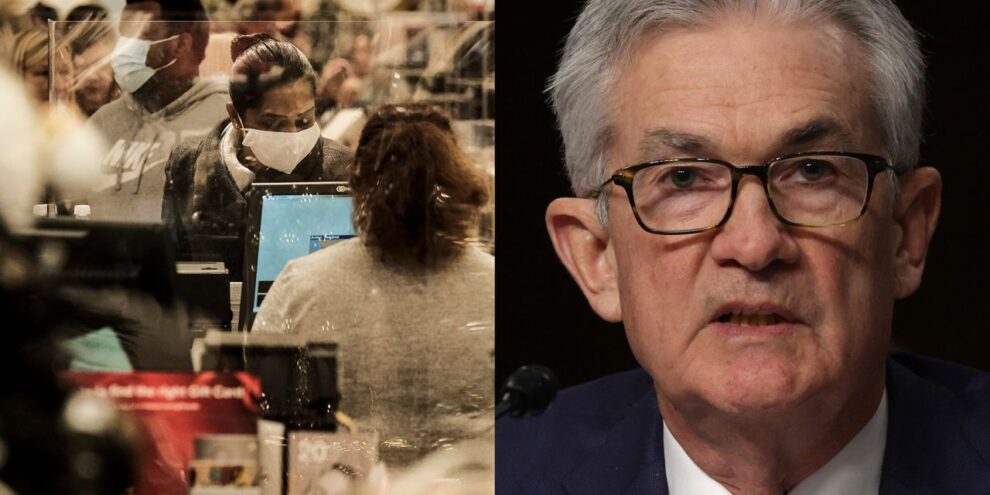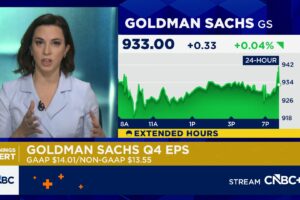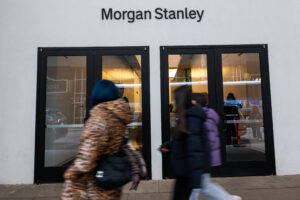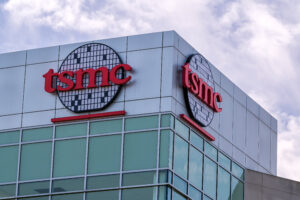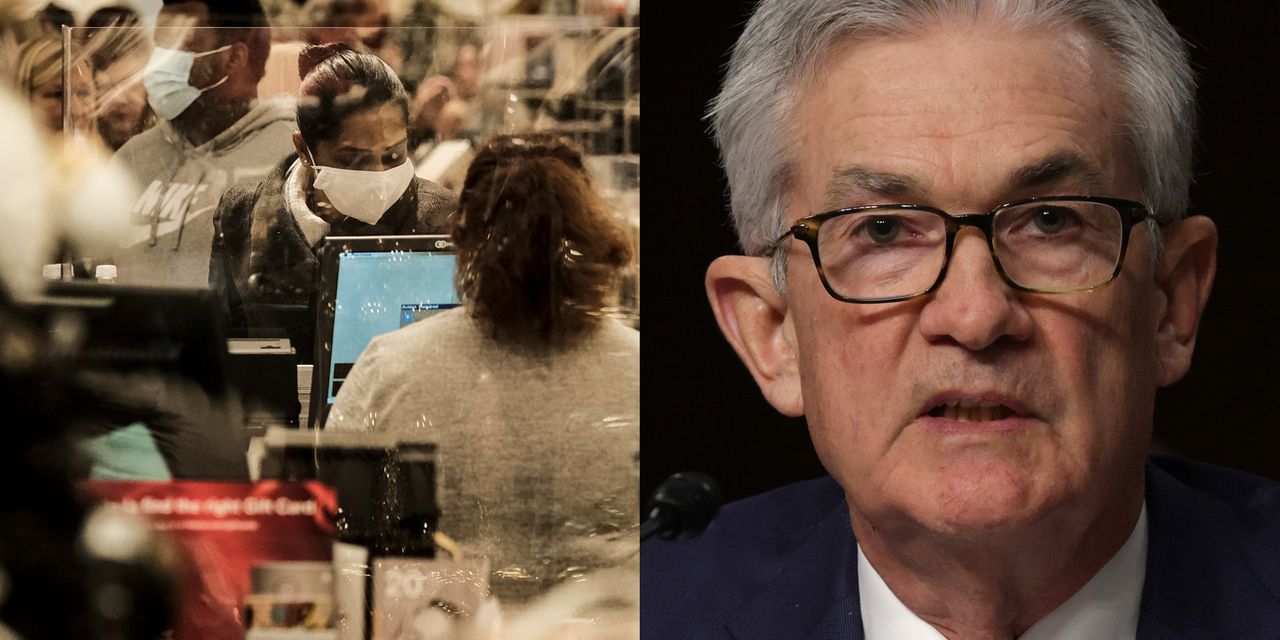
Federal Reserve Chair Jerome Powell delivered on his telegraphed first punch in the fight against inflation — a 25 basis-point increase on a benchmark interest rate, the first in a number of potential rate hikes this year.
On Wednesday, the Federal Reserve said it was raising the key interest rate, now near zero, by a quarter percentage point and sketched the path for “ongoing increases in its policy rate.”
Now it’s time for consumers to make their own maneuvers, particularly those who are planning to pay down credit-card debt or build up their savings in 2022.
By itself, a quarter-percentage-point increase will not make a big difference to a credit card’s annual percentage rate (APR) or a savings account’s annual percentage yield (APY), experts say. But stack several rate increases together and consumers will start to feel the pinch, they note.
Markets are expecting six, quarter-point increases this year. (On Wednesday, St. Louis Fed President James Bullard argued for a 50 basis-point increase in a dissent.)
The economy is strong enough now to handle tighter monetary policies, Powell said — even though the economic implications of Russia’s Ukraine invasion are “highly uncertain.” Among committee members, the median projection is for the key interest rate, the federal funds rate, to end at 1.9% by the end of this year, he said. But Powell cautioned that’s not any type of ironclad plan. “No one knows with any certainty where the economy will be a year or more from now,” he said.
In Congressional testimony earlier this month, Powell previewed what he was considering at the crucial Federal Open Markets Committee meeting. That way, markets did not have to wait in the lurch when there was already so much uncertainty — due to Russia’s invasion of Ukraine — and they would not be blindsided when the increase happens.
After Powell initially tipped his hand, markets liked the certainty. On Wednesday, the Dow Jones Industrial Average DJIA, +1.55% turned negative following the announcement and ahead of Powell’s afternoon press conference. After digesting the Fed’s moves and next moves, investors apparently liked what they heard. The Dow ended 500 points higher Wednesday. The S&P 500 SPX, +2.24% jumped more than 2% and the Nasdaq Composite COMP, +3.77% increased 3.8%.
The federal funds rate strongly influences a credit card’s APR and a savings account’s APY. Here’s more on that relationship:
When will credit-card holders see higher APRs reflected in their monthly bills?
It could be April or May when credit-card holders see the higher APR reflected on their bill, said Matt Schulz, chief credit analyst at LendingTree. For anyone with credit-card debt, “any rise in rates is unwelcome, but the truth is that the Fed’s move in March isn’t likely to rock most people’s financial world, if it is only a quarter-point increase,” Schulz said ahead of Wednesday’s rate increase announcement. “The danger comes if the rate increases keep coming — and in bigger chunks.”
Consider this scenario:
A person carries a balance of $5,000 and makes $250 monthly payments, with a 16.44% APR (the average credit card interest rate in 2021’s fourth quarter, according to the Fed). To pay off the balance, the person will pay $884 in interest, Schulz said.
In comes a 25-point basis point increase:
That would bring the APR to a potential 16.69% because the prime rate — which issuers use to make their credit-card rates — historically absorbs the full amount of the federal funds rate increase, Schulz said. Now the same person is paying $900 in interest to pay down the balance, a $16 increase over the life of the loan, he said.
And another 25-basis-point increase:
With an APR of 16.94%, that turns into $917 in interest, an additional $32 during the loan’s duration.
If there are six, quarter-percent rate increases — which isn’t out of the ballpark when some observers say there could be seven hikes — that turns into a 1.5% rise for APR, Schulz said. Now the borrower has to pay $985 in interest, he said. That’s $101 extra during the life of the loan.
In a time of high inflation, an extra $101 being paid to interest instead of groceries or gas will be a tough reality for families living paycheck to paycheck. Average hourly earnings were flat from January to February, but up 5.1% year-over-year according to Friday’s jobs report.
Americans had approximately $860 billion in credit-card debt during 2021’s fourth quarter, according to the Federal Reserve Bank of New York. Borrowers had an average $4,857 in credit-card debt during the third quarter, according to TransUnion TRU, +4.55%, one of the big three credit bureaus.
It’s worth noting that some rates will be higher depending on a cardholder’s credit history. In February, the average rate for all new card offers was 19.53%, according to LendingTree.
How multiple Fed rate hikes would affect the cost of a car loan
Like other rate-sensitive consumer transactions, the cost of a car loan is going to increase with a rate hike. A quarter-point hike might not translate into much of an added cost — but, again, the expectation is multiple rate increases.
A commercial bank’s Fourth Quarter 2021 rate for a five-year new car loan was an average 4.67%, according to Federal Reserve data.
A quarter-basis increase could ultimately turn into an average rate just under or at 5%, said Bill Liatsis, vice president and founder of CreditIQ , subsidiary of Cars.com.
Someone taking out a $37,000 loan to buy new car would incur a $4 or $5 extra monthly interest cost at 5% compared to 4.67%, and between $300 and $400 extra interest costs over the life of a six-year loan, Liatsis said.
For a $26,000 loan on a used car, the extra monthly costs could be around $3 and come to more than $200 extra interest in the life of a loan, he noted.
Though lenders are especially focused on a person’s income, credit history and the vehicle’s value, the Fed’s rate does play a role in the overall going rates on car loans.
At the start of the last tightening cycle from 2015 to 2018, historical data from Edmunds.com, a site to comparison shop for vehicles, shows average December 2015 APRs on new cars at 4.5%. The average interest paid on the life of the loan was $4,039.
By the end of 2018, when the effective Federal Funds Rate was at 2.3%, the new car APR was an average 5.9%, the Edmunds data showed. Consumers paid an average $5,739 in the life of a loan for a purchase at that point.
Of course, when it comes to buying a new or used car now, the issue isn’t interest rate costs. It’s the price of the principal — as in the car itself. Gas prices have recently broken records too.
February’s Consumer Price Index data showed the cost of used cars and trucks climbing 41.2% year-over-year and the costs of new vehicle increasing 12.4%.
When it comes to car prices now, there’s a mix of inflation, shortages and supply chain woes pushing prices up, Liatsis said. “If the chip shortage get resolved, we might not have as much of a supply challenge,” he said — but added the timeline on when that happens is not clear.
Good news about interest-rate hikes: Higher savings-account yields
“The good news about interest-rate hikes is that consumers who put their money in high-yield savings accounts will grow their money faster so continuing to shore up savings this year will yield more returns than last year,” said Gannesh Bharadhwaj, general manager of credit cards at Credit Karma INTU, +4.14%.
Savings accounts are a place to safely store easy-to-access cash, rather than to reap large returns. Extra interest yields after a rate hike will be modest at first but can pile up depending on how many rate increases occur, said Ken Tumin, founder and editor of DepositAccounts.com.
Right now, an online savings account has an average 0.491% APY, he said. Historically, rate increases haven’t all been passed along to the APY, at least at first, Tumin said.
A 25 basis-point hike could mean a potential average APY around 0.55% to 0.6%, he estimated. If a savings account has $10,000, that little step up bears an extra $10, Tumin said.
But the talk is of multiple rate increases. If there are six, quarter-percentage-point increases, that same $10,000 account could produce an extra $100 in a year, he estimated.
Online savings accounts are the places to find the elevated APYs, not the “brick and mortar” banks, Tumin said. (The average rate for all savings account rate, comprising the brick-and-mortar banks, is 0.12%, Tumin said.)
During the previous rate-hike cycle from 2015 to 2018, there were three, quarter-point increases “before the average high-yield savings account APY had any significant gain,” he noted ahead of the announcement. “The rise may be faster this time due to high-yield savings account rates that have fallen to levels much lower than the bottom levels before 2015.”
‘A marginal impact’ for mortgage rates
“For housing, the Fed’s short-term rate has a marginal impact on mortgage rates,” said George Ratiu, senior economist and manager, economic research at Realtor.com.
There’s a different Fed action connected to those rates, he said. Along with dropping the federal funds rate during the pandemic’s early days, the central bank also bought up Treasury debt and agency mortgage-backed securities. The central bank has decided it’s a good time to end that.
From 2020 to 2021, those Fed purchases injected liquidity and sent mortgage rates to the basement, Ratiu said. “As the Fed announced it planned to finalize its tapering of [mortgage-backed securities] purchases later this month, we have seen rates surge to highs not seen since mid-2019.”
So prospective homeowners are already paying for Fed actions. The average 30-year fixed mortgage rate hit 3.76% earlier this month, Freddie Mac FMCC, +4.16% said. To put that in context, the 30-year fixed mortgage rate was closer to 2.7% a year ago. The average rate on a 30-year fixed rate hit 3.85% for the week ending March 10.
One basis point is equal to one-hundredth of a percentage point. It’s major shift from just a few weeks earlier when the average rate for the 30-year loan jumped to the highest level since May 2019, close to 4%.
February’s median home listing came to $392,000, according to Realtor.com. Compared to a year ago, a buyer would pay $278 more on their monthly mortgage, Ratiu noted. That’s more than $3,300 added to the buyer’s yearly financial burden.
“Additional increases in mortgage rates will further squeeze buyers’ budgets and may limit first-time buyers’ ability to qualify for a mortgage, especially with prices continuing to advance,” he said.
This story was updated on March 16, 2022.

